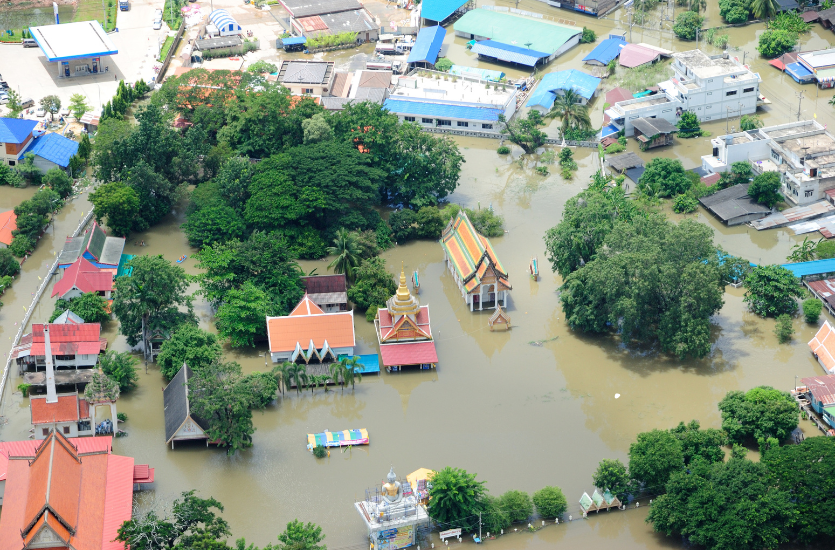Emergency management is a strategic approach to dealing with disasters and crises, aimed at minimizing risks and enhancing outcomes. It’s structured around four key phases: mitigation, preparedness, response, and recovery.
Mitigation involves implementing measures to reduce the impact of potential disasters. Preparedness focuses on planning and training to ensure readiness. The response phase is about immediate action to protect lives and property during a disaster. Recovery involves restoring communities and infrastructure post-crisis.
Effective communication and coordination are invaluable throughout these phases, ensuring that all stakeholders work collaboratively to manage emergencies efficiently and effectively.
What Is Emergency Management?
Emergency management is the organized process of preparing for, responding to, and recovering from disasters to ensure public safety and maintain business continuity. It’s instrumental in mitigating risks and coordinating disaster response efforts.
Government agencies, businesses, and communities rely on emergency management to safeguard lives, protect property, and maintain essential services. Through strategic planning and collaboration, it enhances resilience, allowing societies to effectively handle emergencies and minimize their impact.
The Importance of a Coordinated Emergency Plan
A structured emergency management plan is necessary for effectively handling disasters. It ensures all stakeholders are prepared, minimizing chaos and maximizing efficiency.
Poor planning and uncoordinated responses can lead to severe consequences, including jeopardized lives, financial losses, and reputational damage to organizations. A coordinated approach safeguards assets, secures public trust, and enhances the ability to quickly recover and restore normalcy after an incident.
The Four Phases of Emergency Management
Emergency management encompasses four phases: mitigation, preparedness, response, and recovery. Each phase supports disaster preparedness and response, building upon the other to create a comprehensive strategy.
Phase 1 – Mitigation: Reducing Risks Before They Happen
Mitigation involves actions designed to prevent or lessen the impact of disasters before they occur. This phase includes implementing strategies such as enforcing building codes, constructing flood barriers, and establishing cybersecurity measures to protect infrastructures and communities.
A main component of mitigation is conducting risk assessments, which help identify potential threats and vulnerabilities. By understanding these risks, communities and organizations can develop tailored strategies to effectively reduce the likelihood and consequences of disasters. These strategies ensure a safer environment with minimized long-term damage and disruptions.
Phase 2 – Preparedness: Planning for Effective Emergency Response
Preparedness consists of proactive planning initiatives to verify readiness for emergencies. This phase emphasizes the significance of conducting emergency drills, providing training, and allocating necessary resources to respond effectively during a crisis.
Public safety agencies and businesses develop detailed emergency action plans outlining roles, responsibilities, and procedures to follow during emergencies. These efforts help create a structured approach, enabling a swift and organized response to a disaster that minimizes harm and facilitates quicker recovery. This preparedness significantly enhances overall resilience against unforeseen events.
How Two-Way Radios Improve Emergency Preparedness
Reliable communication is nonnegotiable in emergencies. It ensures timely and efficient coordination among response teams. Two-way radios offer instant, clear, and secure communication, which supports effective decision-making and deployment.
Examples include portable radios such as MOTOTRBO portable radios and the Motorola R7, as well as mobile radios integrated with MOTOTRBO infrastructure. These devices enable seamless communication across distances and varying conditions, essential for sectors like healthcare, security, and utilities, where swift responses are needed. By facilitating uninterrupted communication, two-way radios play an integral role in enhancing emergency preparedness and ensuring the safety of personnel and the public.

Phase 3 – Response: Taking Action During a Crisis
Response involves immediate actions taken during an emergency to safeguard lives and property. Quick decision-making, effective coordination, and efficient resource use help mitigate harm. Examples of response strategies include executing evacuation procedures to move people to safety and providing emergency medical assistance to those affected.
Rapidly mobilizing teams and resources ensures that high-risk needs are met and damage is minimized, reiterating the importance of a well-prepared response plan in saving lives and protecting communities.
Phase 4 – Recovery: Restoring Normal Operations After a Disaster
Recovery encompasses rebuilding and restoring communities, businesses, and infrastructure post-disaster. Short-term recovery efforts focus on providing immediate aid, such as food and shelter, and repairing essential services like power and water.
Long-term recovery involves planning for financial assistance, rebuilding projects, and implementing policy changes to enhance future resilience. Following a structured recovery plan allows for a gradual return to normalcy and supports economic stability and community well-being.
Best Practices for Strengthening Emergency Management Plans
Improving emergency management strategies involves regular training, inter-agency collaboration, and advanced technology solutions. Conducting frequent drills ensures readiness and sharpens response skills. Encouraging collaboration between various agencies enhances coordination and resource sharing. Leveraging technology, such as communication systems and data analytics, boosts efficiency and decision-making. Continuously evaluating and updating emergency plans based on past experiences and emerging risks keeps strategies relevant and effective — ultimately strengthening disaster readiness.






